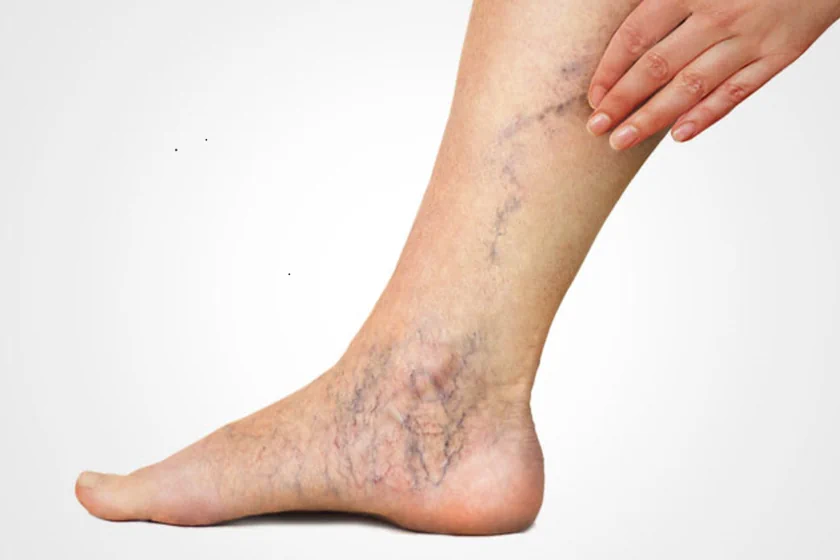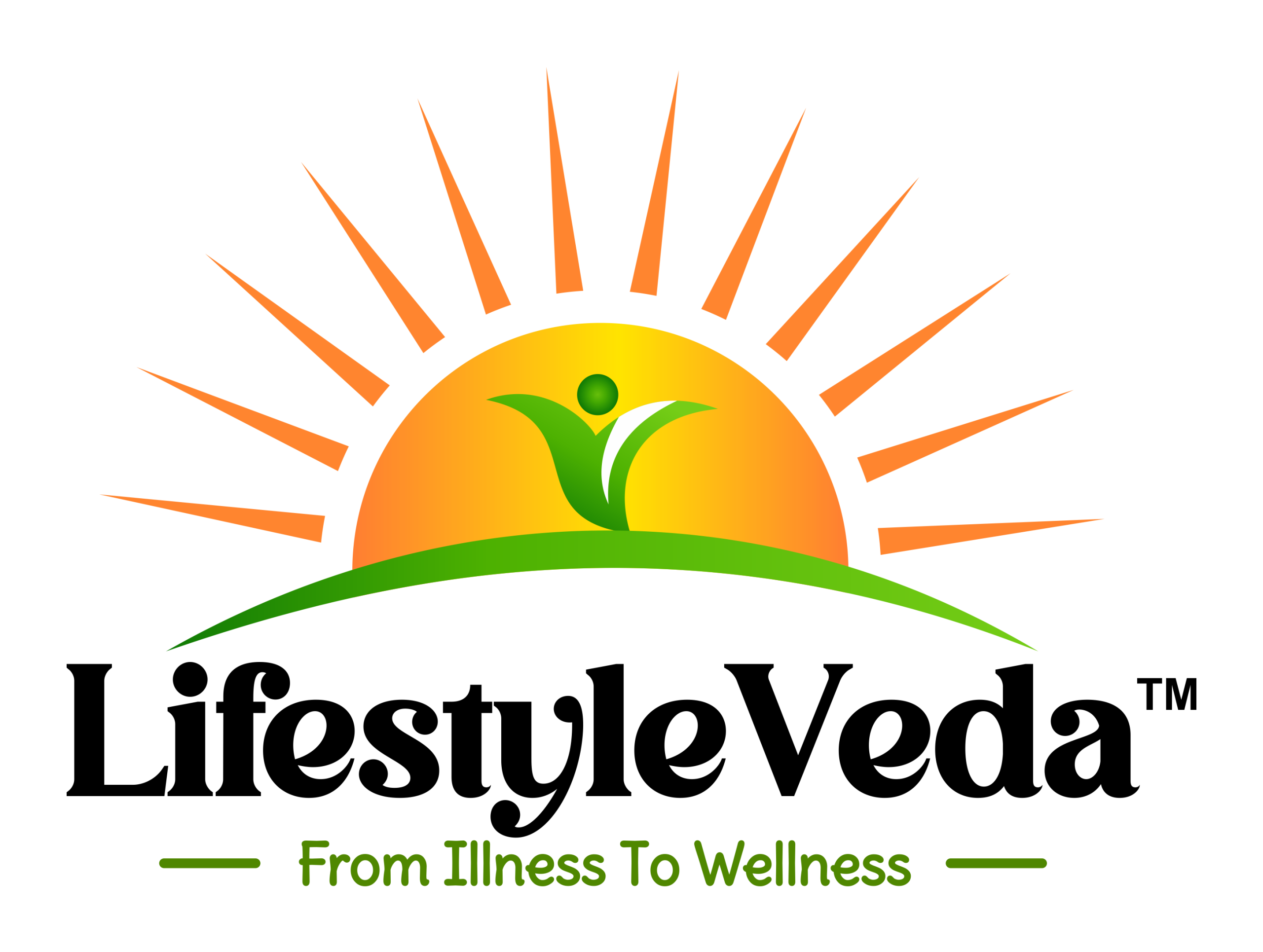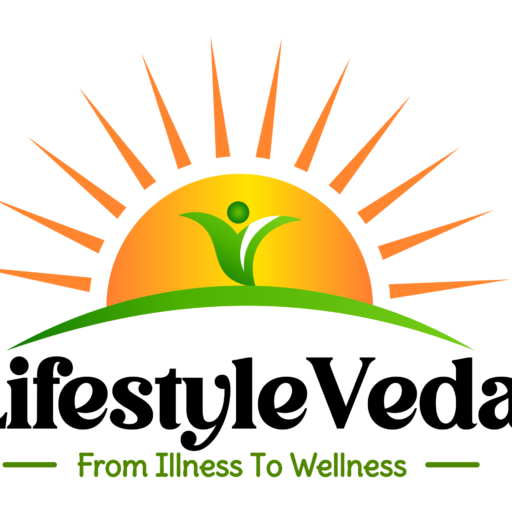
Varicose Veins: Causes, Symptoms, and Treatment
Varicose veins are enlarged, twisted, and swollen veins that usually appear on the legs and feet due to weak or damaged vein valves. They are often blue or purple, causing discomfort and cosmetic concerns.
Causes of Varicose Veins
🔹 Weak or damaged valves in veins – Blood flows backward and pools.
🔹 Prolonged standing or sitting – Increases pressure on leg veins.
🔹 Aging – Veins lose elasticity over time.
🔹 Pregnancy – Increased blood volume and hormonal changes can weaken veins.
🔹 Obesity – Extra weight puts pressure on veins.
🔹 Family history – Higher risk if a parent has varicose veins.
🔹 Lack of physical activity – Poor circulation contributes to vein problems.
Symptoms of Varicose Veins
Swollen, twisted veins visible under the skin (often blue or purple).
eg pain or aching, especially after standing for long periods.
Heaviness or discomfort in the legs.
Swelling in the lower legs and ankles.
Itchy or irritated skin around affected veins.
Skin ulcers (in severe cases) due to poor circulation.
Diagnosis of Varicose Veins
Physical exam – Checking visible veins and symptoms.
Doppler ultrasound – Identifies blood flow issues in veins.
Venography (rare cases) – Uses contrast dye for detailed imaging.
Treatment for Varicose Veins
1. Lifestyle Changes & Home Remedies
Exercise regularly – Walking improves circulation.
Avoid prolonged sitting or standing – Take breaks to move around.
Elevate your legs – Reduces swelling and improves blood flow.
Wear compression stockings – Helps blood flow back to the heart.
Maintain a healthy weight – Reduces pressure on veins.
Eat a fiber-rich, low-salt diet – Prevents constipation and swelling.
2. Medical Treatments
Sclerotherapy – A chemical injection collapses the vein
Laser therapy – Uses light energy to close off small varicose veins.
Radiofrequency or Endovenous laser treatment (EVLT) – Minimally invasive techniques to seal off larger veins.
Surgical vein stripping (rare cases) – Removing the affected vein.

